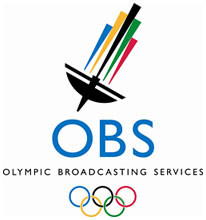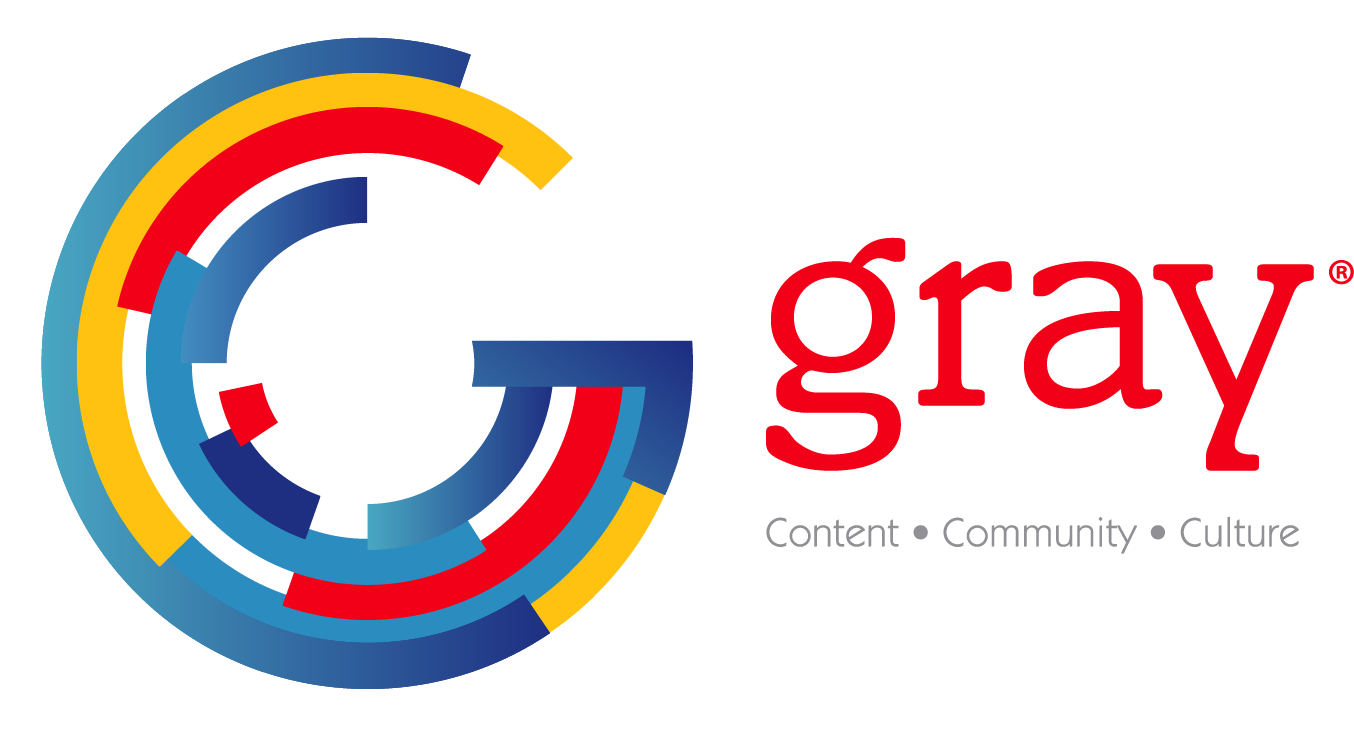OBS Tackles Winter Olympics Coverage

VANCOUVER, BRITISH COLUMBIA
There are few more daunting broadcasting jobs in this world than the task of covering the Olympic Games. Whether it's in the summer or the winter, over 16 days, broadcasters are tasked with covering hundreds of athletes in dozens of events in locales that are often slung hundreds of miles apart.
Add in the challenges of pulling together on-location shots, addressing audio issues, building in complex graphic packages and solving technical bumbles, and the job seems almost overwhelming.
That was exactly what the International Olympic Committee was hoping to curtail when it gave the go ahead in 2001 for the Olympic Broadcasting Service (OBS) to organize and host the XXI Olympiad in Vancouver in its entirety this year—the first year in the Games history that one single broadcast organization will be responsible for the Games' entire host broadcast.
"The IOC wanted continuity to allow the host broadcaster to be able to do our work better and more efficiently," said Manolo Romero, managing director of OBS, who has served as chief executive for eight different Olympic Games broadcasting organizations.
THE BIG GOAL
The goal was two-fold: to ease the process of covering the Games for both onsite and remote networks by creating a single organization that operates across successive Games, and to ensure quality and spur future improvements to Olympic coverage in the years ahead.
Historically, the production of the host broadcast had been an ad hoc affair created for each particular Olympics, with each subsequent host broadcaster forced to start from the ground up. This year, the OBS will be tasked with mobilizing the thousands of professionals who descend on Vancouver, as well as with installing and integrating the media facilities for organizations working at the 330,000-square-foot International Broadcast Centre and a second broadcast facility at Whistler, known as the Mountain Broadcast Center.
"One of our goals was to help broadcasters do more with less of their own efforts," Romero said. "More broadcasters will be able to fully cover events."

Manolo Romero More than 2,200 personnel will be working for OBS, putting together more than 900 hours of live coverage with the help of 91 broadcast trailers and 22 OB vans.
Preparations over the last few years have led to new developments, several of which are set to debut in Vancouver this year. The Games will be broadcast entirely in HD this year, with all sports events broadcast in Surround Sound.
Another large-scale launch is the Olympic News Channel, a slate of 24-hour programming comprised of edited highlights and clips that are updated every 30 minutes.
"We've created [a channel of sorts] that will carry the Games for those countries who hardly know what snow is," Romero joked.
One longstanding issue the Winter Games has faced is that it doesn't have the same broad appeal that the Summer Games have, in part due to the fact that countries in warm climes don't have tight ties to winter sporting events. Those with fewer resources can utilize the whole 24-hour feed, while those with more may incorporate elements to enhance their own production, he said.
"A big highlight of the Games is that we'll have a channel that's operating 24 hours a day, 7 days a week," he said. "Broadcasters in any part of the world can downlink and broadcast the games as they need without having a proper presence at Vancouver."
The Olympic News Channel concept was field tested at the Beijing Games, providing a reference point for broadcasters, allowing them to respond with suggestions for improvements. A more complete channel is set for the 2012 Summer Games in London.
For broadcasters looking to download a more complete program channel, networks can subscribe to the Multichannel Platform, a distribution service that will provide 300 hours of raw feeds that can be tailored to specific needs.
The OBS also plans to showcase a new slate of camera technologies, featuring more than 100 minicams, including those from Hitachi, Sony, Panasonic and Iconix. The OBS will put seven cablecams into play, including two cablecams at the Nordic Centre in Whistler. The cablecam setup will run over a distance of more than 1,000 feet at the cross country event and nearly 1,500 feet at the biathlon event.

The OBS is housed in the 330,000 square foot International Broadcast Centre. "Due to the lengths of the runs, conditions at the venue and the difficulty of potential 100-ton mobile crane movements, it was decided to construct semi-permanent towers that would support the tensions of the cablecams," said John Pearce, specialty equipment manager for OBS.
The complete camera system will comprise a camera buggy, which holds a compact gyrostabilized open mount head. A standard handheld Thomson LDK6000 camera and Fujinon 22x7.8 lens will be used.
At this locale, all video, audio and data links are RF, including camera, lens and gyro head control. The RF signal is received and carried via fibre to the operator position, and then on to the host broadcaster OB van for inclusion into the live host production.
PROTECTING CONTENT
The organization will also introduce other projects that range from content protection and virtual technologies to new multiplatform delivery options.
To aid broadcaster customization of content, OBS will launch the Olympic Data Feed, a metadata information service that will provide broadcasters with scoring results and provide a general and single metadata stream with factual data about a sports competition. Likewise, the Broadcast Data Feed will include details like the transmission schedule, delineation of content in broadcast sessions and data from live logging.
To address issues of piracy, the OBS is also introducing a "Fingerprinting" content identification system to track programming. And to address the issue of storage, the OBS is introducing the Unilateral Venue Server, a new technical facility providing access to feeds from OB vans at select locations. The core of the server system will be provided by EVS and connected through Gigabit Ethernet.
In addition to EVS servers, the OBS will rely on lens technologies from Canon and Fujinon, audio boards from Calrec and Lawo, and mics from Audio Technica.
The professional video industry's #1 source for news, trends and product and tech information. Sign up below.
Susan Ashworth is the former editor of TV Technology. In addition to her work covering the broadcast television industry, she has served as editor of two housing finance magazines and written about topics as varied as education, radio, chess, music and sports. Outside of her life as a writer, she recently served as president of a local nonprofit organization supporting girls in baseball.

